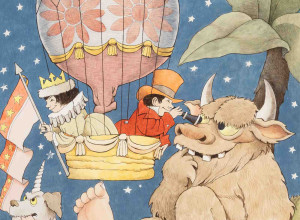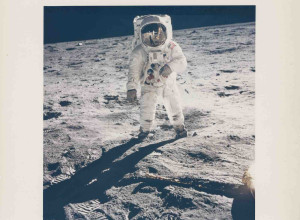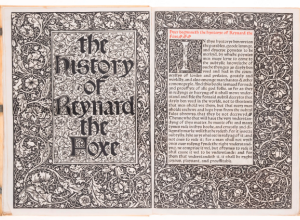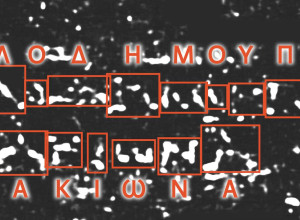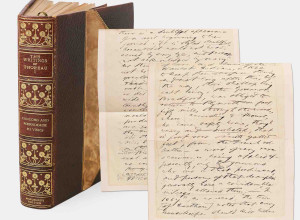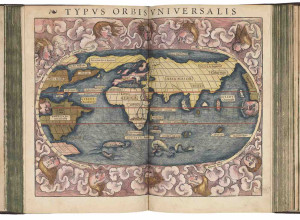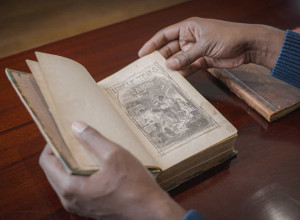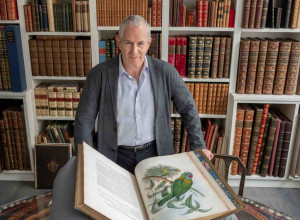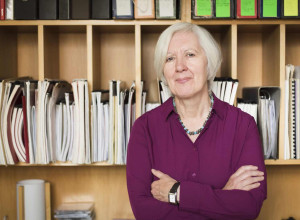Bright Young Librarians: Brittany Nichole Adams
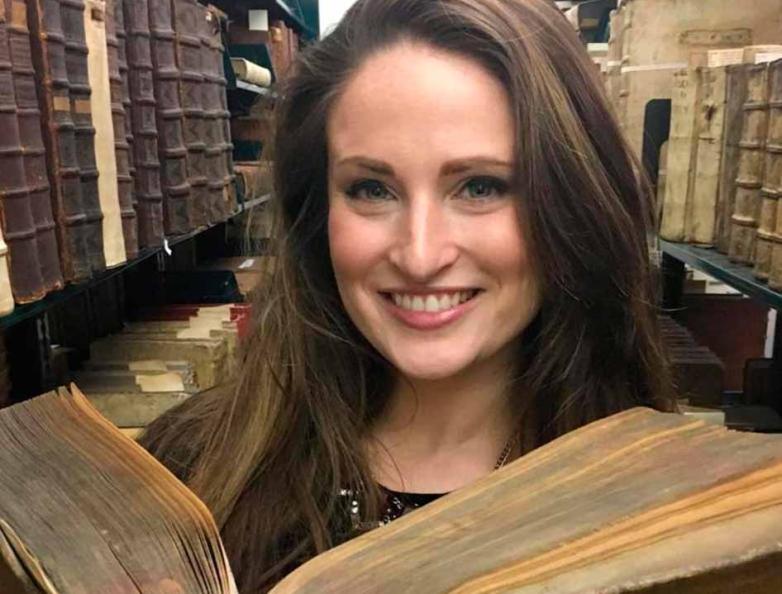
Our Bright Young Librarians series continues today with Brittany Nichole Adams of Northwestern University in Chicago.
What is your role at your institution?
My title is the Special Collections, Digitization, and Archival Services Librarian, and my role encompasses all those areas and more. Being responsible for Northwestern Pritzker School of Law’s rare book, manuscript, and archives collections, my work can range from processing collections to designing exhibits to assisting on a research trip to the National Archives in London. I do a lot of digitization work, both for our digital collections as well as for the Law School’s marketing and alumni relations departments. I also work with donors and researchers, which might be my favorite part of my job. I love being able to help someone honor a loved one either by preserving their materials or finding a piece of their legacy from the Law School.
Since I am the first to hold this position at Northwestern Pritzker School of Law’s Pritzker Legal Research Center, there is some wiggle room to tailor the job to my strengths and interests. I’ve been dabbling in coding and design, and, in addition to creating graphics and websites, I’m excited to see what kind of digital projects I can create for others to experience our collections in different and interactive ways.
How did you get started in special collections?
It’s kind of a funny story: I always thought I want I wanted to be an attorney, until I took an internship at a law office and realized the lifestyle wasn’t for me. At the same time, I’d been working at the local library, which was an environment I loved. So, I decided to pursue a life as a librarian.
One of the first classes I took as part of my program was an exhibitions course taught by Valerie Hotchkiss, then-director of the Rare Books and Manuscript Library at the University of Illinois. When she showed us the RBML’s copy of the Peregrinatio in terram sanctam, I was hooked. The incunabulum describes a pilgrimage author Bernhard von Breydenbach allegedly took to the Holy Land with artist Erhard Reuwich, whose woodcuts illustrate the people, places, and—my favorite—animals they saw along the way. (Apparently, unicorns do exist!) I knew I was in the presence of something special, and I wanted more.
That first class on exhibitions introduced me to the interdisciplinary nature of special collections. It’s a combination of creative, historical, linguistic, and technical work, and that mix of subjects really appealed to me.
A lot of coursework and one paraprofessional job later, I landed my first professional position in special collections, which is my current role at Northwestern Pritzker Law. In the end, I went to law school after all.
Where did you earn your MLS/advanced degree?
I’m a proud alumna of the Graduate School of Library and Information Science at the University of Illinois at Urbana-Champaign. It’s called the School of Information Sciences now, but it’ll always be GSLIS to me. I graduated with a master’s in library and information sciences with a certificate in special collections.
Afterwards, I wanted to get a subject master’s, and was accepted to the book history program at the University of St Andrews. This was an incredible experience. I was able to learn about history where it took place, and it gave me a solid foundation in book history as well as bibliography.
Favorite rare book /ephemera that you've handled?
I don’t know that it’s my favorite—it’s too hard to pick just one—but one rare book that comes to mind is our 1560 16mo edition of Stile et Prothocolle de la Chancellerie de France. It was the first book I purchased as curator of our collections, so it’s quite special to me. I felt it would be a nice complement to our strong collection of French coutumes, and I love the bit of manuscript waste that peeks out of the binding.
What do you personally collect?
I’m not personally collecting any rare books or manuscripts at the moment, although I’d love to start at some point. In the meantime, I collect editions Le Petit Prince in different languages when I travel. My most recent acquisition is De Kleine Prins from Belgium, but my favorite is probably Regulus, the Latin edition that I picked up at Shakespeare & Co. in France.
What do you like to do outside of work?
Like most (all?) librarians, I love reading. I read a good mix of non-fiction and fiction, especially mysteries. I’m obsessed with mysteries. I’m continually working on my language and design skills, and recently, as a kind of quarantine experiment, I decided to try candle making. In more normal times, I enjoy traveling, trying out different restaurants, and anything cultural: art exhibits, the ballet, etc.
What excites you about special collections librarianship?
The variety—I love it. In a given day, I could digitize photos, search for ancestral records, make progress on a website, and work on rare book bibliographies. I love using my language, paleography, and design skills all for one position. And best yet, I’m always learning along the way.
Thoughts on the future of special collections librarianship?
I think scholarship will always require reference and research assistance, and so these roles will remain significant parts of the profession. And I think a lot of this will still take place in-person; digitization is immensely helpful, but there is nothing like encountering an object with your own eyes and hands.
That said, I do think digital work is going to become more and more prevalent as a means of access. I think it also presents an opportunity for creativity to shine a light on our materials in ways they haven’t been seen before. For example, we have a collection of French legal edicts from different regions within the country. I would love to create a map that geographically and chronologically charts these advancements in the law. Or, we have a collection of trials (including Marie Antoinette’s!) that I would love annotate and possibly serialize so our modern minds can better understand their context and impact.
Any unusual or interesting collection at your library you'd like to draw our attention to?
Two or three years ago, I was introduced to Andy Austin, who worked as a courtroom sketch artist in Chicago for over 40 years. She generously agreed to donate her collection to our library, thousands of sketches of trials ranging from the Chicago 7 to the Illinois governors’ trials. They’re a significant testament to Chicago legal history, as well as striking illustrations in their own right. Recently, I’ve also been working with the family of one of Ms. Austin’s contemporaries, Verna Sadock, who has graciously given us her sketches on permanent loan. Ms. Sadock and Ms. Austin covered many of the same trials, but their artistic styles are very different, and it’s fascinating to see their unique perspectives through their art. We’re currently working to digitize and add these sketches to our digital platform (plrccollections.org) so they can be accessible to a broader audience. I think I can safely say that these are objectively engaging collections, but they’re also special to me because it has been such a joy to work with Ms. Austin and Ms. Sadock’s family, to hear the stories behind the sketches, and to get to preserve them for years to come.
Any upcoming exhibitions at your library?
Yes! Northwestern University recently celebrated 150 years since it opened up to women. The Law School actually graduated the first female law student in the country, and we’ve had many impressive women as students and professors in the years since. The digital exhibit I’m currently working on highlights seven of accomplished women. I’ve enjoyed learning about their history and am so excited to honor them in this way.





